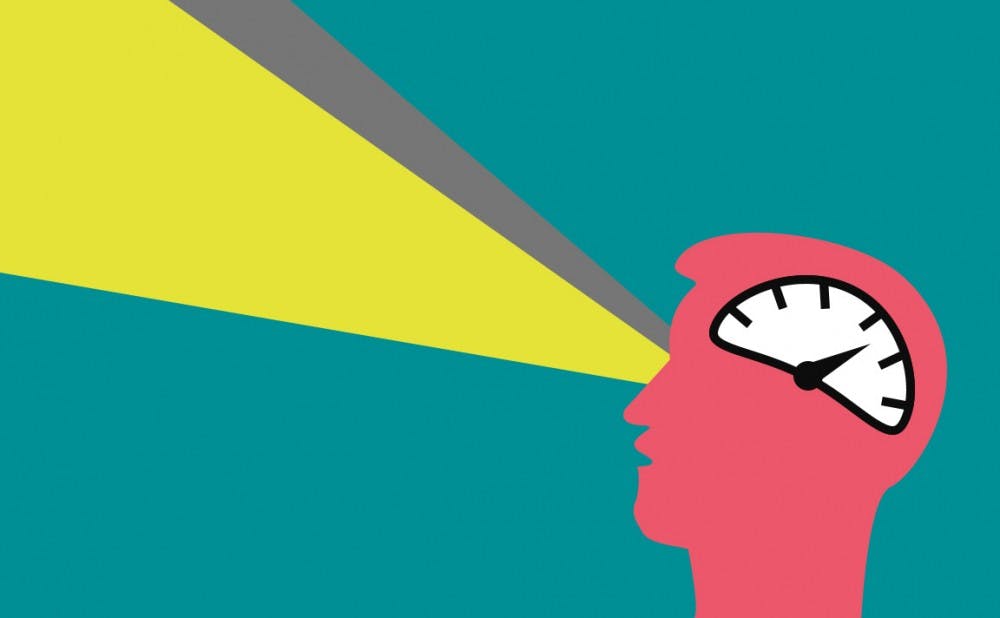As you stand on the sidewalk, a car zips by you. You think to yourself, 'Whoa, that car is going way over the speed limit.'
Ever wonder how you know that? A team of Duke scientists may have the answer.
A recent study has discovered the neural wiring essential to this predictive eye-tracking. The paper, which was published Sept. 17 in Nature Neuroscience, is the first to find the specific place that houses these behavioral outputs, a brain region dubbed FEFsem.
“If a car is moving across the horizon, I can track it with my eye. I can estimate the speed the car is moving and then rotate my eye at the same speed and that keeps my eye pointed at the car,” said Stephen Lisberger, George Barth Geller professor for research in neurobiology and senior author of the paper.
This study focused on better understanding a link connecting visual-motor control, FEFsem and Bayesian behavior with regard to eye movements. Bayesian behavior refers to a neurological modeling that continuously updates the probability of a given outcome as more evidence becomes available.
In other words, the paper showed that a person not only consciously observes the car moving, but can also subconsciously estimate the speed using stored information from previous observations.
The study aimed to understand role FEFsem played in creating this Bayesian-like behavior correlated to eye-tracking movements.
By studying the eye movement of rhesus monkeys, the researchers discovered that the brain is set to predict a given speed when it observes a moving object. The brain’s sensory and motor system neurons are informed by both sensory inputs as well as past experiences, Lisberger explained.
The information from past experiences is processed in FEFsem.
“What we found out, first of all, is that if we put an animal in a situation where all the time a target's moving slowly, and then we test it with a given target, the responses will be quite slow," Lisberger said. "Whereas if we put the animal in a situation where the target is moving really fast and if we test it with the same target, now the eye movement will be quite fast."
When this experiment was replicated using a neural network computing device, the prediction created by the brain’s motor system neurons mimicked Bayesian statistical inference.
Lisberger added that the extent to which the brain relies on previous experiences to make speed predictions is dependent on the strength of the eye-tracking evidence. When sensory evidence is weak, past evidence plays a larger role in creating these predictions.
On the contrary, when there is reliable sensory evidence, the brain utilizes this information over that of past experience.
Lisberger and his team proposed that being able to predict speed can be used to guide motor output. His overall research focuses on how the brain learns motor skills, much of which is related to how the neural circuit allows the eye to closely follow moving objects.
“It's competition between past experience and current sensory evidence. Who's going to win that?" Lisberger said. "If it's a foggy day and you can barely see the car that's moving across, then past experience is going to win because the sensory evidence isn’t very reliable. Whereas if its a beautiful day, sensory evidence is going to win because it's very reliable."
Get The Chronicle straight to your inbox
Sign up for our weekly newsletter. Cancel at any time.

